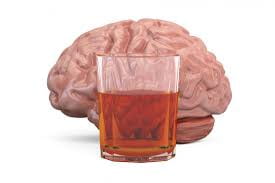Mushrooms
Mushrooms, derived from the Old French word mousseron, are a popular type of fungus.
There are edible (non-toxic) and non-edible (toxic) types.
Historical/Unique exposures
Psilocybin mushrooms produce psychedelic effects.
- Believed to have been used in early European religious rituals.
- 1955: Valentina Pavlovna Wasson and R. Gordon Wasson were the first European Americans to participate in mushroom ceremonies.
- 200 other types of mushrooms can produce psychedelic effecs.
Edible uses:
- Originally discovered in 1650 by a French melon grower.
- A fascinating article/timeline of mushroom cultivation/use found here.
Source
Mushrooms help with breaking down materials such as plants, animals, and other food sources.
Typically found around:
- Decaying trees/plants
- Animal carcasses
- Soil
- Manure
Biotransformation
Mushrooms, specifically the oyster mushroom (image 2) are actually used as biotransformers.
An article describing the process of oyster mushrooms biotransforming orange waste can be found here.
Toxicokinetics
As stated, there are two types of mushrooms. Toxic and non-toxic.
A link to the toxicological profiles of all types of mushrooms are found here.
Toxicity:
- the most common cause of toxicity is lack of recognition of toxic mushrooms
Pharmicokinetics/Mechanism of Action:
- Each mushroom has at least one toxin
- The mechanism of action is different for each toxin
- Due to different mechanisms of action, target organs also differ.
- The mechanism of toxicity (action) for each toxin is also highlighted in the article provided above.
Signs and Symptoms of Toxicity
- Sweating
- Tearing
- Drooling
- Vomiting
- Diarrhea
- Shortness of breath
Treatments
Toxicity is treated with atropine.
Systematic treatment is also recommended.
*Physostigmine antidote is specific for muscimol toxicity from Amanita muscaria and Tricholoma muscarium.
Biomarkers
Liver function is heavily targeted by hepatotoxic mushrooms.
Biomarkers for these mushrooms include:
- aspartate aminotransferase (AST)
- alanine aminotransferase (ALT)
- alkaline phosphatase
- lactic dehydrogenase (LDH
Biomarkers present 36-72 hours after ingestion.
Carcinogenicity
Some mushrooms contain carcinogenic toxins.
These toxins are killed with high temperatures reached when cooking.

















